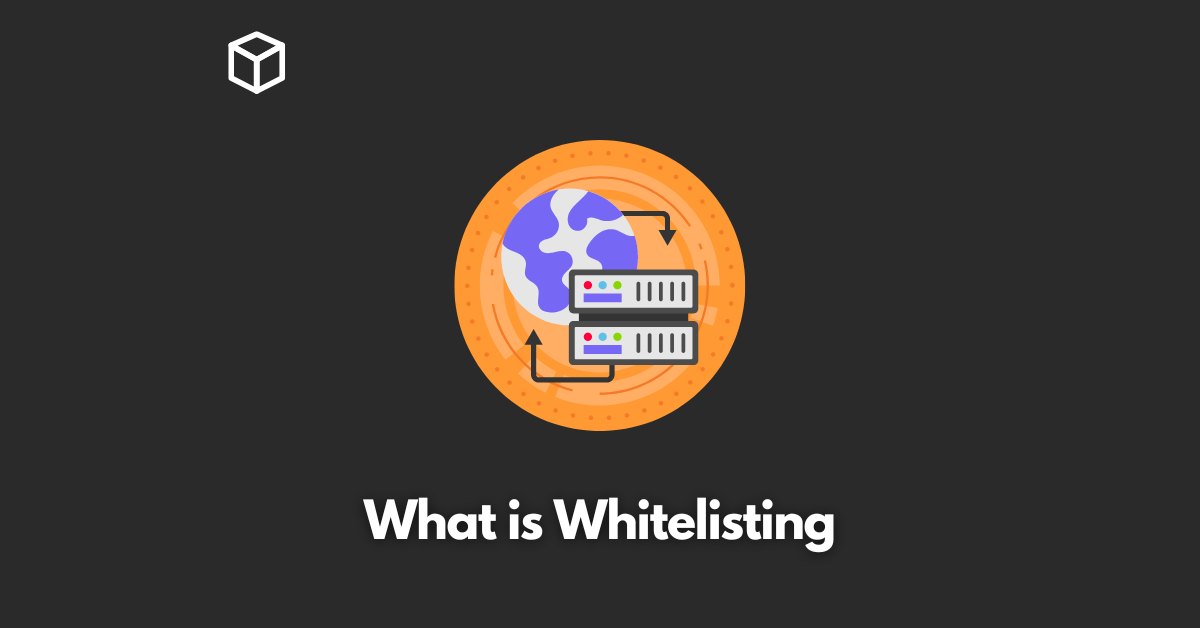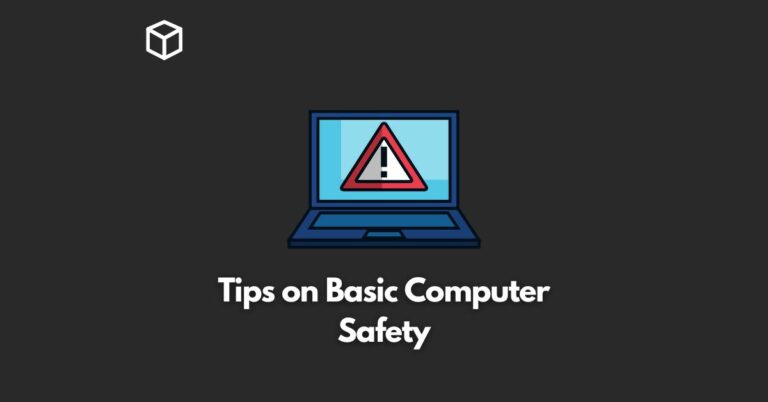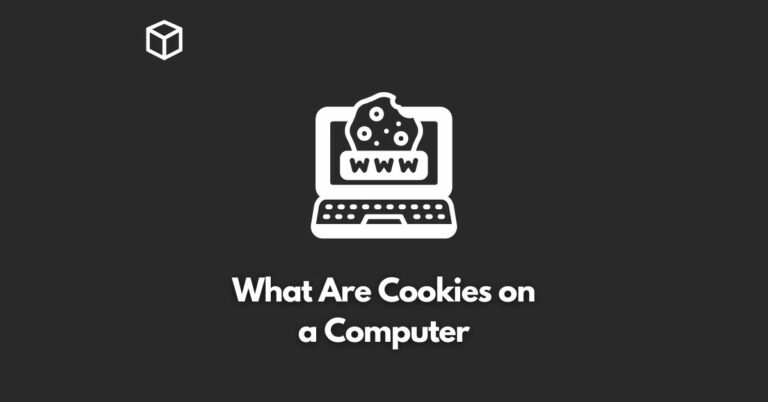In the world of cybersecurity, whitelisting is a vital technique used to ensure the security of networks, applications, and emails.
The term “whitelisting” refers to the process of creating a list of approved or safe items, such as websites, IP addresses, and software, that are allowed to access a system or network.
This is in contrast to “blacklisting”, which involves creating a list of items that are not allowed to access a system or network.
The importance of whitelisting cannot be overstated. Cyberattacks are becoming increasingly sophisticated and frequent, with hackers finding new ways to bypass traditional security measures.
Whitelisting provides an added layer of security by only allowing approved items to access a system or network, effectively blocking any unauthorized or malicious items from gaining access.
Types of Whitelisting
Network Whitelisting
Network whitelisting involves creating a list of approved IP addresses or websites that are allowed to access a network.
This is typically done through the use of firewalls and other security software.
For example, an organization may only allow employees to access certain websites or IP addresses related to their work.
Any attempt to access a website or IP address that is not on the whitelist will be blocked by the firewall.
One example of network whitelisting in action is an organization that only allows employees to access their email and other work-related apps through a virtual private network (VPN).
This ensures that only authorized employees can access the network and prevents unauthorized individuals from gaining access.
The main advantage of network whitelisting is that it offers a high level of security by only allowing approved items to access the network.
However, it can also be time-consuming and labor-intensive to maintain the whitelist and ensure that it is up-to-date.
Application Whitelisting
Application whitelisting involves creating a list of approved software programs that are allowed to run on a system.
This is typically done through the use of security software that monitors the running applications and blocks any that are not on the whitelist.
An example of application whitelisting in action is an organization that only allows employees to use specific software programs for work-related tasks.
Any attempt to run a program that is not on the whitelist will be blocked by the security software.
The main advantage of application whitelisting is that it prevents unauthorized software programs from running on a system, which can help to prevent malware and other cyberattacks.
However, it can also be time-consuming and labor-intensive to maintain the whitelist and ensure that it is up-to-date.
Email Whitelisting
Email whitelisting involves creating a list of approved email addresses and domains that are allowed to send email to a specific email address or domain.
This is typically done through the use of spam filters and other security software.
For example, an organization may only allow emails from specific domains or email addresses to reach the inboxes of employees.
An example of email whitelisting in action is an organization that only allows employees to receive emails from specific domains or email addresses related to their work.
Any attempt to send an email from a domain or email address that is not on the whitelist will be blocked by the security software.
The main advantage of email whitelisting is that it helps to prevent spam and phishing emails from reaching the inboxes of employees, which can help to protect the organization from cyberattacks.
However, it can also be time-consuming and labor-intensive to maintain the whitelist and ensure that it is up-to-date.
Additionally, there is a risk that legitimate emails may be accidentally blocked if they are not on the whitelist.
Implementing Whitelisting
Implementing whitelisting in your organization can be a complex process, but it is essential for enhancing the security of your network, applications, and emails.
To get started, you will need to assess your organization’s specific security needs and choose the appropriate type of whitelisting for your organization.
One of the key steps in implementing whitelisting is creating and maintaining an accurate whitelist.
This can be time-consuming, but it is essential to ensure that only approved items are allowed to access your network, applications, and emails.
Additionally, it is important to regularly review and update the whitelist to ensure that it stays up-to-date.
There are also best practices that organizations should follow when implementing whitelisting. These include:
- Regularly reviewing and updating the whitelist to ensure that it stays up-to-date.
- Using security software to monitor and block unauthorized items.
- Educating employees on the importance of whitelisting and how to identify and report unauthorized items.
- Creating and implementing a security policy that includes whitelisting.
It’s also important to avoid common mistakes when implementing whitelisting, such as:
- Not regularly reviewing and updating the whitelist.
- Not using security software to monitor and block unauthorized items.
- Not educating employees on the importance of whitelisting.
- Not creating and implementing a security policy that includes whitelisting.
Conclusion
In conclusion, whitelisting is an essential technique for enhancing the security of your network, applications, and emails.
By creating and maintaining a whitelist of approved items, organizations can block unauthorized or malicious items from gaining access.
However, it’s important to keep in mind that whitelisting can be time-consuming and labor-intensive, but it is a necessary process to ensure the security of your organization.
Therefore, it’s important for organizations to implement whitelisting and be vigilant in maintaining it.




